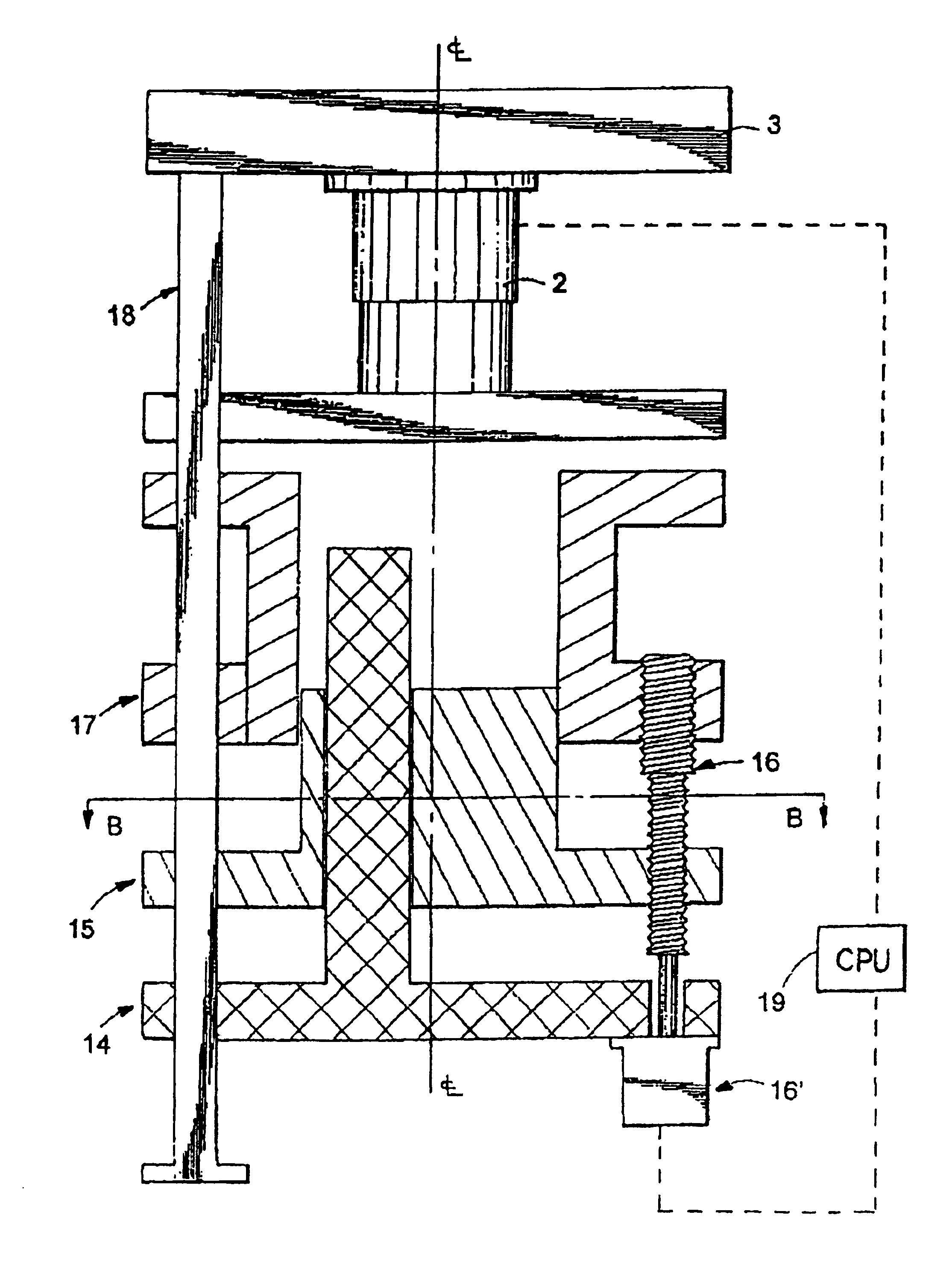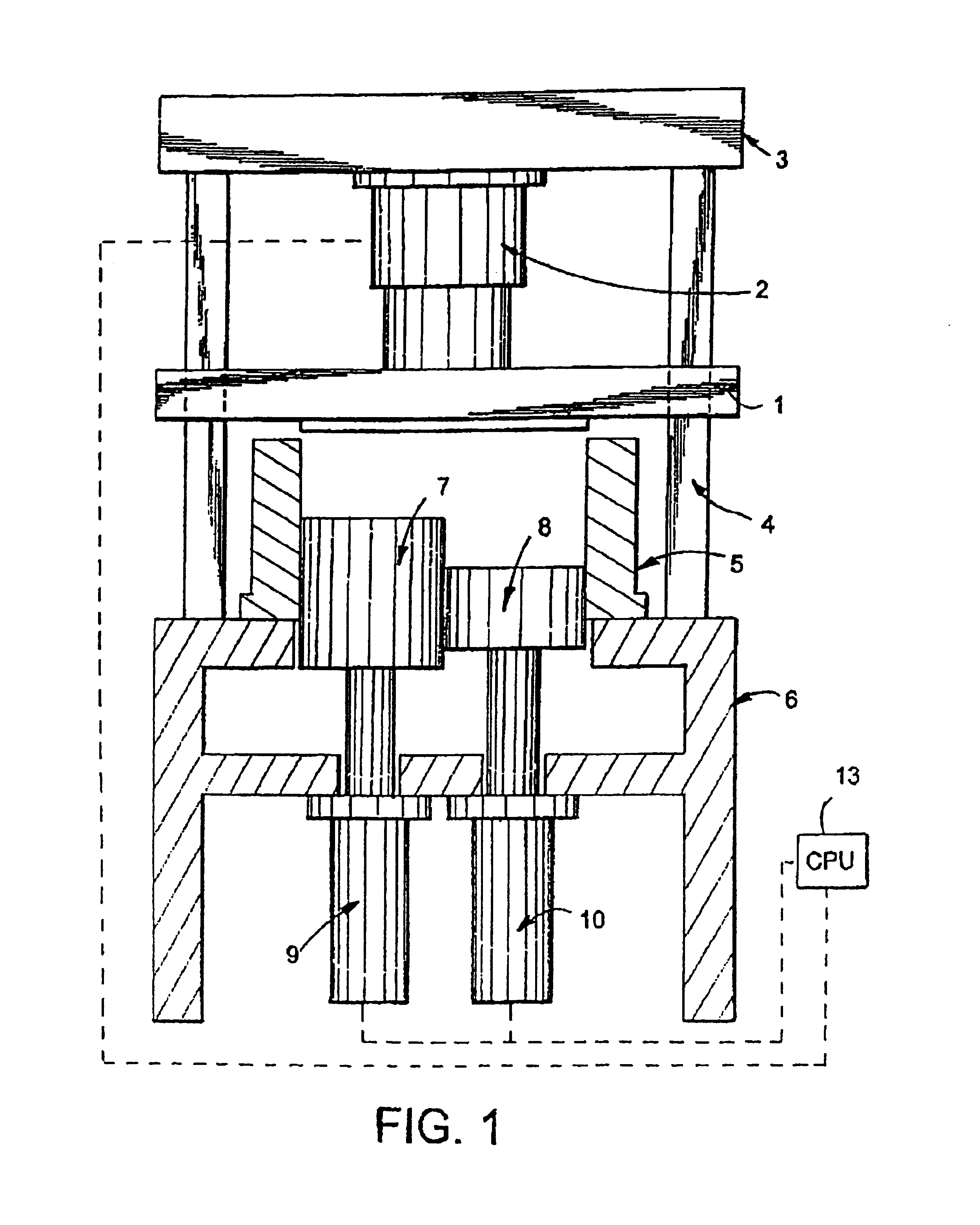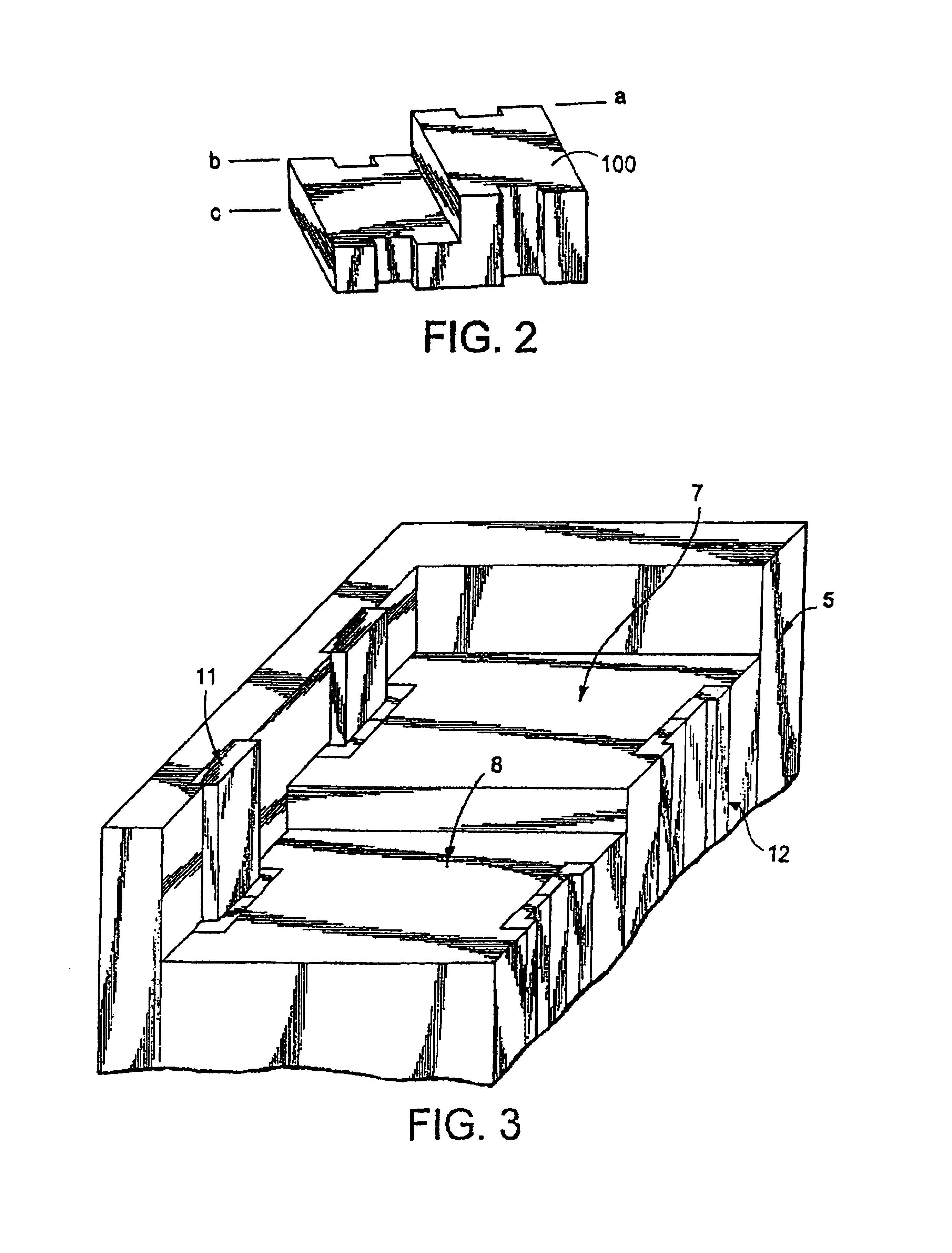Method and apparatus for producing non-planar formed parts using compaction molding compounds, and parts formed using same
a technology of compaction molding compound and formed parts, which is applied in the direction of dough shaping, manufacturing tools, food shaping, etc., can solve the problems of unintended variation of part density, part failure, mold failure, etc., and achieves high quality, high strength parts, efficient forming and high quality
- Summary
- Abstract
- Description
- Claims
- Application Information
AI Technical Summary
Benefits of technology
Problems solved by technology
Method used
Image
Examples
Embodiment Construction
[0039]The present invention teaches the construction of various apparatus and methods of molding parts of complex shapes with compaction molding materials (or CMC). Description is presented below of several different embodiments of molding apparatus according to the invention. Prior to describing specific apparatus, however, a discussion is presented of method or processing conditions which are met by all of the different molding apparatus in forming non-planar parts according to the invention.
[0040]Molding Methods of the Invention
[0041]In order to produce desired part shapes while maintaining integrity and uniformity of material properties of the CMC, it is important to understand what conditions are preferably met during the molding of such material. The various apparatus and methods of the present invention recreate and maintain such conditions. Particularly, the inventor discovered that when the six conditions listed below are met during a molding cycle, geometrically complex no...
PUM
| Property | Measurement | Unit |
|---|---|---|
| velocities | aaaaa | aaaaa |
| density | aaaaa | aaaaa |
| velocity ratio | aaaaa | aaaaa |
Abstract
Description
Claims
Application Information
 Login to View More
Login to View More - R&D
- Intellectual Property
- Life Sciences
- Materials
- Tech Scout
- Unparalleled Data Quality
- Higher Quality Content
- 60% Fewer Hallucinations
Browse by: Latest US Patents, China's latest patents, Technical Efficacy Thesaurus, Application Domain, Technology Topic, Popular Technical Reports.
© 2025 PatSnap. All rights reserved.Legal|Privacy policy|Modern Slavery Act Transparency Statement|Sitemap|About US| Contact US: help@patsnap.com



